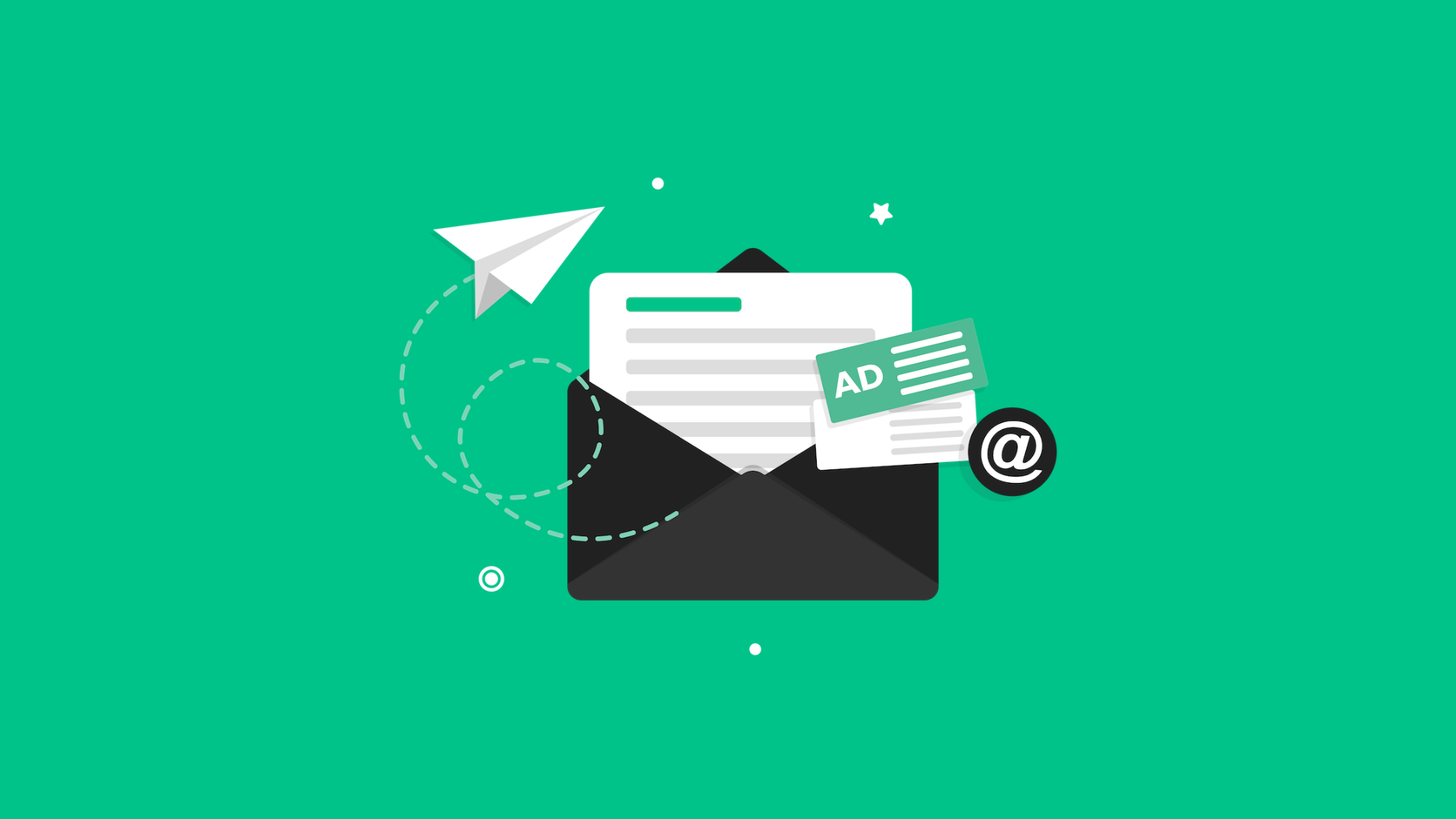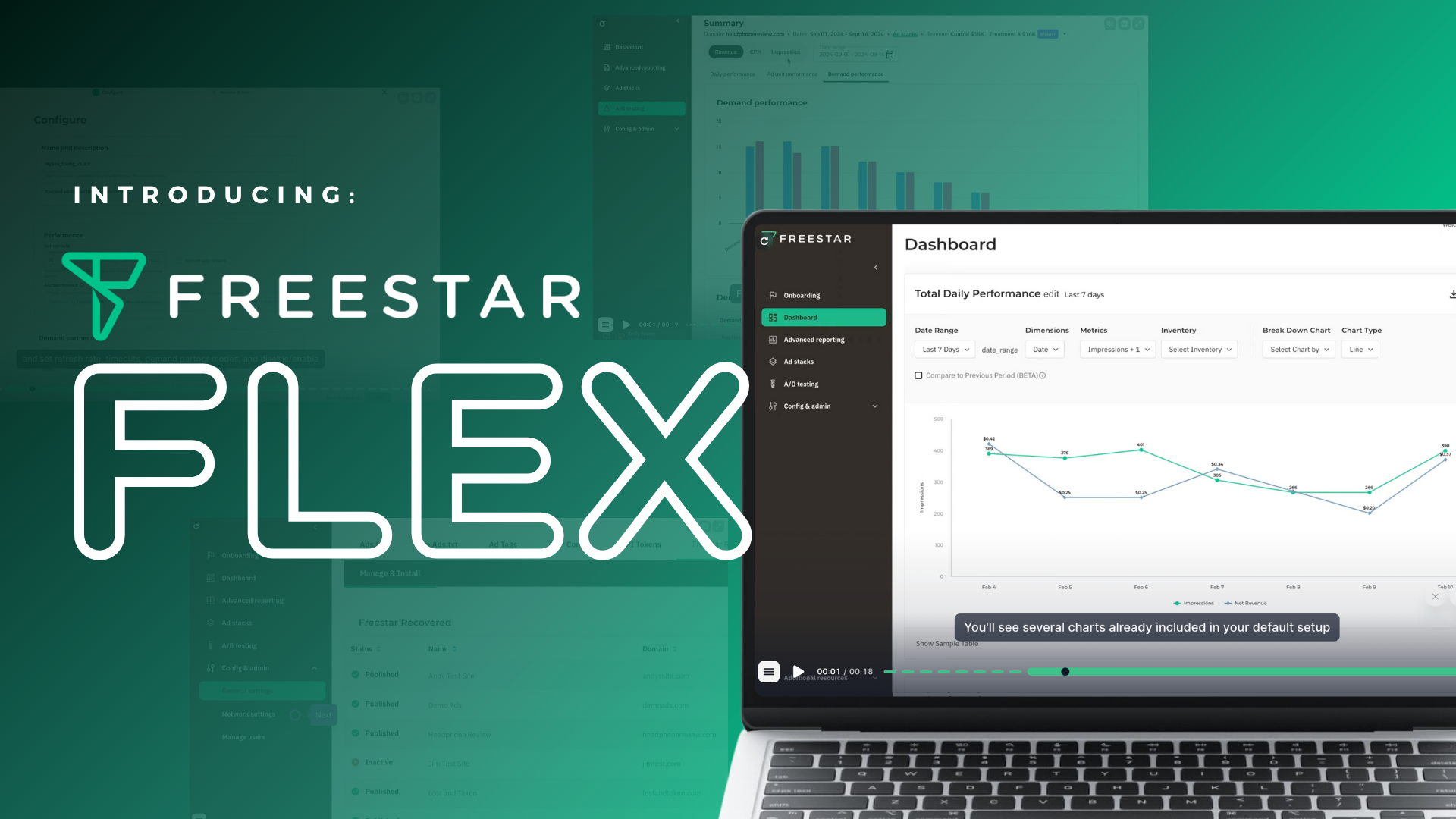Email monetization is a hot topic right now. Email newsletters are something that established media brands, bloggers, social media influencers, eCommerce retailers, and even independent journalists have been investing in as a promotional tool for years. It’s also something that has allowed businesses in all industries to generate brand awareness and drive traffic.
However, email monetization didn’t really get its fair share of attention until the pandemic took hold of the world — and then everything changed. Now email newsletter campaigns are considered a prime monetization strategy for all marketing purposes — and it’s a highly profitable strategy at that.
Not to mention, email as a marketing channel has also become an important way for digital publishers to improve their overall revenue.
If you want to know how publishers like yourself can go about implementing an email monetization strategy to drive brand awareness and website traffic, then keep reading. We’ll tell you everything you need to know and more below.
What Is Email Monetization and Why Is it Important?
When we talk about monetizing your email channel, we’re talking about utilizing email as a direct marketing channel to your target audience. Email marketing is a way to let businesses share new products, news, sales, and other eye-catching information directly to their contact list. The contact list in question is comprised of consumers that have purposely opted in to receive these emails, hence the potential for a higher ROI.
Today, email marketing focuses on consent, personalization, and segmentation versus the mass mailings of yesterday. By design, this allows for more precise audience targeting, with several types of marketing emails to boost each campaign. These emails can be promotional or strictly informational. They’re also used to serve the buyer’s journey. For example, it’s common to send out follow-up email notifications along with an incentive for consumers that abandon their digital shopping carts.
Essentially, email marketing campaigns have greater potential for personalization, allowing you to speak directly to your audience since you’re getting access to each of their inboxes.
Email marketing also generates one of the highest ROIs out of all the marketing channels, averaging about $36 for every one dollar spent in a campaign. Email is also one of the most used communication methods in the world to date. It’s also the longest-lasting.
For some perspective, over four billion people use email daily to communicate and stay informed on the latest news and trends in various topics and industries. Therefore, it’s not too surprising that the email marketing industry is currently projected to hit upwards of $17.9 billion by 2027.
So, what we have here is a large and ultra-targetable audience, a positive ROI, and swift growth. These are not things you want to miss out on.
How to Monetize Your Email Lists
There are several ways that businesses and publishers alike can monetize their email lists. Of course, you’d have to pique user interest to garner subscribers first, but from there you can use whichever strategy works best for you.
Here are some of the best ways to monetize your subscriber list:
Monetize Through Ads
Monetization through ads is arguably the simplest and best way to monetize your emails. All it takes is a well-designed newsletter that consistently adds value to your viewers’ lives to generate a favorable revenue stream.
The best part about email ads is that they’re not viewed as spam, which means they’ll always make it to your audience’s inbox. Unless, of course, they decide to unsubscribe from your email list. More importantly, this is your opportunity to take advantage of targeted ads to deliver a more personalized user experience for those who decide to stick around.
When you take a look at the metrics, personalized email ads can end up boosting your click-through rates simply because users will respond to the content that’s most relevant to them and their needs.
Use a Paid Subscription Model to Deliver Premium Content
Another great way to monetize your email newsletters is by creating premium content for your subscribers — and charging them for it regularly.
However, there’s one caveat: You’ll need to ensure that you’re providing your subscribers with unique and valuable content that they can’t get anywhere else. This can be a challenge for publishers, but sometimes all it takes is providing a sneak peek of the type of content you put in your email newsletters to pique enough paid interest.
Just make sure that you have enough free content that allows you to establish yourself as an expert in your niche or an authoritative source of information. Otherwise, you run the risk of putting people off.
Sell Products or Services
Another common way of monetizing email newsletters is by selling products or services directly to your audience in them. You can even make use of your own solo ads, whether it’s an announcement, a reminder, a special sale, a launch date, and so on.
Just make sure that you’re still delivering the best content possible. After all, that’s what your subscribers are there for — not exhaustive sales pitches.
Affiliate Marketing
If you don’t have your own products or services to sell, you can always try selling someone else’s products or services via affiliate marketing. Affiliate marketing is fairly simple as it involves selling someone else’s offering for a commission of those sales.
The key is to choose the brands that will appeal to your audience most and cross-sell the product and services they’re most likely to buy.
Email Monetization Best Practices
Choosing a preferred monetization strategy for your email list is just the first step. You’ll also need to understand how to tweak your strategy so that it works in your favor to keep your momentum going. This requires understanding the best practices of email monetization, as in what to do and what not to do.
Here are a few important best practices that everyone should follow regarding email list monetization:
Use Analytics to Figure Out the Best Times to Send an Email
A high number of subscribers won’t do you any good if you’re not getting your content in front of their eyes at the right time. Now, the right time for emailing is subjective, just as it is for posting content on social media or on your website. This means you’ll need to keep up with your metrics so you can plan the perfect times to send out each newsletter.
In this case, the metrics that matter most are the open and click-through rates. These are the metrics that give you a clear picture of the most effective times to send out your emails. By measuring these metrics on a daily basis, you can pinpoint the exact times that are yielding the best results so you can start scheduling your emails for the times they’re most likely to be opened and engaged with.
Also, don’t ignore the already proven send times. This would include holidays, anniversaries, and other important dates.
Segment Your Audience For Precision Targeting
Email marketing is all about personalization, which is why it’s important to segment your email list. There are a lot of criteria by which you can segment your email list audience, but the most important piece of information you want to get out of this is who has the best open and click-through rates.
Knowing which email addresses yield the best engagement results will help you get to know your subscribers better. From there, you can segment them by demographics, open rates, content interests, product interests, past behaviors, and so on. This will allow you to narrow your focus on tailoring your content to these specific groups to ensure you get the best results by targeting the subscribers that are truly interested in what’s next.
Include Native Ads
A lot of ad-based email advertising success is attributed to native advertising. Native ads are already popular for website advertising, and they’re becoming increasingly popular in email newsletters thanks to the automated processes that make them tick.
In addition to not appearing as an obvious ad, native advertising also provides you with options such as content recommendation blocks and custom in-feed placements. They also resemble the type of editorial content that fits into your newsletter organically and seamlessly without disrupting the user experience — which is the whole point.
Test For Best Performance Frequently
Performance testing is a non-negotiable aspect of anything programmatic or involving marketing. It doesn’t matter if you have a full list of email subscribers, you still need to reduce the risk of alienating any subscribers by running A/B tests to see what’s working and what’s not.
The best thing about email marketing is that you’re already working with a strong base — i.e., the people who have opted into receiving information from you. What’s more, is that many of them have likely already been to your website to consume your content or purchase a product or service from you.
However, testing the different content elements such as layout, body text, images, offers, CTAs and more will make a significant difference in your engagement results and ROI.
Email marketing is one of the best ways to attract new customers and retain current ones, and that’s mostly because it offers a great deal of personalization. By implementing the strategy that works best for your business and your audience and keeping up with the best practices in your implementation, you’ll continue to see favorable results with each campaign and newsletter.





